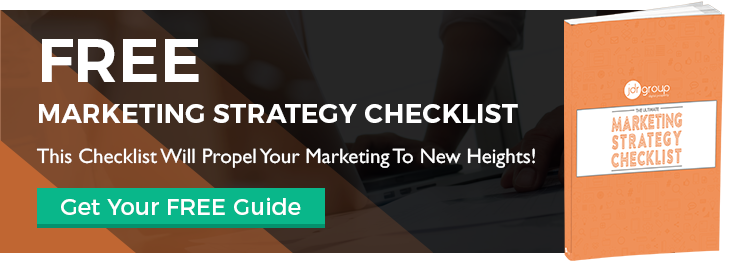How To Squeeze The Maximum ROI From Your Small Businesses Marketing Efforts

As a small business, your revenues are precious, and your time even more so. In this article, we look at practical ways in which you can squeeze the maximum return on investment (ROI) from your marketing efforts, looking at; firstly, efficiency strategies; and, secondly, the best tactics to pursue for the biggest wins.
Skinny marketing – how to save time and money without compromising output
1. Use A Marketing Plan
Create a marketing plan that sets out your goals from your marketing strategy, how much you’re willing to spend, your target ROI, and the channels you plan to use. Review your plan regularly to keep your strategy relevant and up-to-date, and share your goals widely among your team to keep everyone on the same page. Your top-level marketing objectives should filter down into key performance indicators (KPIs) for individual employees and teams.
2. Hold Fewer Meetings
The biggest single expenditure in your marketing budget? The salaries of your employees engaged in marketing! It follows that one of the best ways of improving efficiency and maximising your ROI is to increase the productive time spent by each employee making money for your company. Needless to say, sales are not made by sitting in meetings, and in businesses up and down the country, employees spend countless hours sitting through unproductive or overly long meetings. Meetings are important and can be beneficial, but many waste time sharing information and workflows that can more efficiently be shared in real time by other means.
3. Invest In Marketing Automation
Marketing automation software is a classic example of an investment that brings almost immediate savings in time and uplifts in productivity – giving more direction and clarity to your marketing strategy. A marketing automation platform such as HubSpot enables the centralised management of every aspect of your marketing efforts, with a cloud-based, multi-user access model that improves visibility and team collaboration (without the need for as many meetings).
4. Streamline Your Content Approval Process
Operating a marketing strategy involves creating and approving a lot of content, and there is often a chain of approval for blog articles and other media that can include several managers and directors. At each stage of the chain, content can be sent back to the drawing board for revisions and reworks, causing extensive delays to publication. Worse from a budgeting perspective, the more people who are involved with content creation and approval, the more it costs, reducing your marketing ROI. Work on streamlining your internal content approval process so only the most necessary people are required to sign off items. You also may wish to consider outsourcing your content marketing to a content specialist to save in-house resources and reduce your time to market for crucial marketing content.
Where to spend your marketing budget for the best returns
Making more money is as important as saving money when it comes to maximising your ROI. If you’ve got a tight budget, start by allocating your marketing spend to the following activities, which all yield impressive average ROIs for small businesses.
-
Pay Per Click (PPC) Advertising
PPC search advertising – primarily using Google Ads – is a fast and effective means of making money online. PPC isn’t necessarily cheap, but by managing your campaigns effectively you can tightly control your spend and research your keywords for the most effective engagement potential with your audience. Pound for pound, PPC offers an excellent ROI in all sectors, and is a good way of building your leads and revenues while waiting for slower burning tactics – such as organic SEO and content marketing – to deliver concrete results.
-
Search Engine Optimisation (SEO)
Like PPC, the goal of SEO is to increase website traffic from specific keywords relevant to your products and services. Of all the inbound marketing strategies available to small businesses, it is ultimately SEO that will increase your long-term visibility and brand authority online. SEO strategies are many and varied and are intimately tied in with other inbound marketing tactics – but are all relatively cheap. Although SEO is a longer-term strategy than PPC, it is likely to deliver a higher overall ROI, and no business can afford to ignore it.
-
Email Marketing
Email marketing is a lead nurturing strategy that aims to convert the leads generated through PPC and SEO (through the medium of increased website visitors and a sound content marketing strategy) into paying customers. By establishing a series of email campaigns for each of your buyer personas and delivering them on a ‘trigger-response’ basis using a marketing automation platform, you can take leads on a journey from general awareness to purchase – without much direct involvement from your sales team.
The level of automation involved in modern email marketing equates to huge savings in time and money for small businesses, as well as a drastically increased level of responsiveness and personalisation. What’s more, the way that email workflows build a progressive sales case for your products and services and instigate a meaningful dialogue between yourself and your prospects is extremely effective at closing deals – leading to an excellent ROI.
Unlock your full sales potential
A tailored inbound marketing strategy can help you achieve more with a modest budget, generating more sales, earning more revenue, and spending less to do so. To find out more about unlocking the full potential of your small business marketing strategy, please call 01332 215152 today.
Image source: Unsplash



